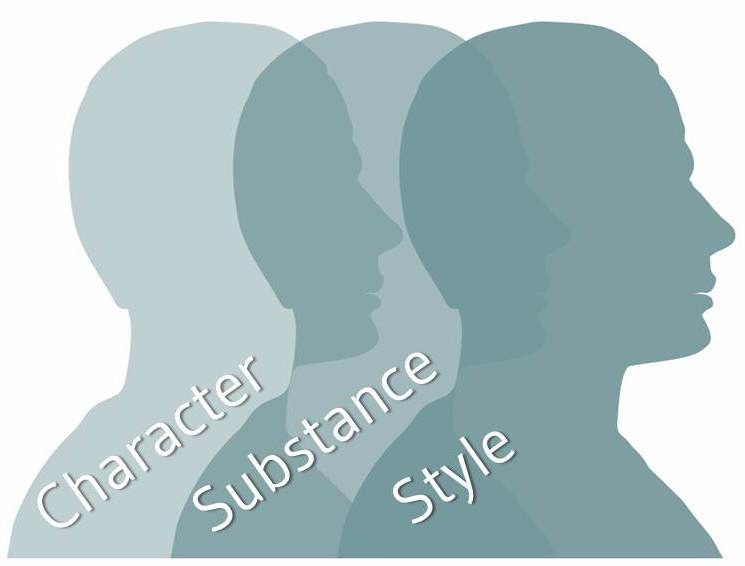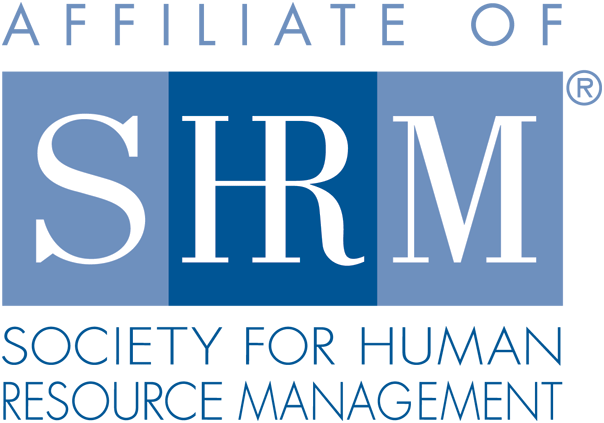
| Past Issues | Advertise | www.nehra.com | insights archive |
The 'X Factor' in Leadership: Using Storytelling to Develop Your Leaders' Executive Presence
![]() Print this Article | Send to Colleague
Print this Article | Send to Colleague
The "X Factor" in Leadership: Using Storytelling to Develop Your Leaders' Executive Presence
By Suzanne Bates, CEO and founder of Bates and Meredith O’Connor Courtney, Vice President, Client Solutions for Bates
Tom, the SVP of Operations for an international, multibillion dollar retail company, was named as a potential CEO successor. Tom had been successful in turning around struggling operations and generating new revenue streams. He got high marks for his "confidence, energy, drive and assertiveness." However, in assessing his candidacy, the company wanted us to take a closer look through our multi-rater assessment of executive presence and influence (the Bates ExPI™).
Tom’s current CEO, peers and direct reports confirmed his strengths in the "outer layers" of executive presence – Style and Substance. However, there were other qualities of leadership in the dimension of Character that weren’t so obvious to people who didn’t know him. While Tom got high marks for his ability to command the room, make quick decisions and execute, what was missing were some of those qualities of leadership that help us win trust, build followership and touch hearts and minds. While those close to Tom knew he possessed these facets, it wasn’t obvious to the larger organization or stakeholders.
Over the years working alongside HR leaders in global organizations, we’ve found that "executive presence" – the driver of leadership influence – can feel like an "X factor" and is often difficult to describe. However, through our research into literature on social action theory, management, psychology, and even ethics, we’ve been able to define "EP" as 15 distinct facets within the three dimensions of Style, Substance and Character. These facets – including Authenticity, Integrity, Vision and Humility – often matter most when a leader is about to stand on a bigger stage. Particularly if they’ve been in the shadow of another leader or even as part of an executive team, people don’t tend to "know them" in a way that would create followership or inspire above and beyond effort. Our new model and companion Bates ExPI Assessment tool enables leaders to understand these qualities and begin to understand and work on developing a true, resonant executive presence.

Bates Three-Dimensional Model of Executive Presence
In Tom’s case, feedback on the ExPI Assessment demonstrated that he needed to learn to project the qualities that demonstrate genuine concern for others, interest in other’s ideas, and a willingness to reveal more about himself to others. Tom needed to amplify these facets through words and actions, or the result would be a disconnect with the people he had to lead.
If you’re an HR leader helping leaders develop executive presence, how can you help them fill these gaps? We find that the way is to connect leaders with past experiences, through a step-by-step storytelling process that gets to the heart of leadership lessons. We developed a leader-as-learner approach called "Leadership Pathways" that enables executives to reflect on their experiences, contemplate what they’ve learned and connect "lessons learned" with leadership goals.
As an internal coach you can use these storytelling techniques to help leaders reconnect the dots between past experiences and qualities they want to develop. Here are four quick tips:
- As a starting point, our ExPI model can serve as a helpful framework for story exploration by encouraging leaders to look at both their facets of strengths and development areas to find stories that inform them about the leaders they are and want to become.
- Next go deep into their stories to understand everything about the event, including what happened, what the consequences were, how they felt, and what they learned. Pay special attention to the emotions of the story – this is where people tend to recollect important points or "aha" moments.
- Guide leaders not to make assumptions about what the event is "about." Instead, get them to look at every aspect of the event to get beyond platitudes ("It’s all about teamwork") and to reflect on what they learned.
- Encourage leaders to not only look at stories as a path to understanding their own journey, but as a way to share something about themselves and create a stronger connection with employees.
The qualities of executive presence are by nature not fixed, or static. Our model doesn’t measure a type, but rather encourages leaders to look at these as areas of development. Through the power of recollection, leaders embark on journeys of personal discovery that lead to clarity about what defines them. When they’re able to clarify what defines them, they can demonstrate an "executive presence" that’s authentic, unique and true.
Suzanne Bates is CEO and founder of Bates, a global coaching and consulting firm that helps leaders influence the world. She advises the CEOs and top executives of international companies on driving business strategy through communicative leadership and executive presence. Suzanne is the author of the bestselling business books Speak Like a CEO, Motivate Like a CEO, and Discover Your CEO Brand (McGraw Hill) and writes a popular leadership column, Thoughts for Tuesday (www.bates-communications.com).
Meredith O'Connor Courtney is Vice President, Client Solutions for Bates. She leads a team responsible for the firm’s marketing strategy. Her team develops and executes strategic marketing initiatives including the firm's Web strategy, content marketing, business development, event marketing, speaking engagements, social media and branding (www.bates-communications.com).
